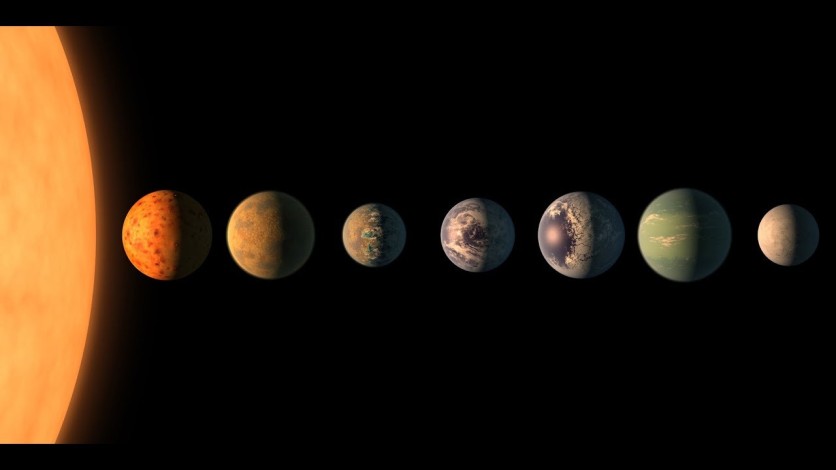Five planets will appear in the night sky this June, and stargazing will see an abundance of them for a limited time. However, the catch here is that once they appear for the public to see, skywatchers may see them "breakup" or move away from their alignment with each other, and it is an inevitable case as they try to move to their ecliptic planes.
Five Planets are Set to Align This June, Visible to the Naked Eye

Space.com reports that there are five planets set to appear in the morning sky come June 16, and it will preview a quick look at the different neighbors of Earth in the Solar System. The five planets include Mercury, Venus, Mars, Jupiter, and Saturn, come Thursday next week, and it will give the public a show that will appease a stargazer's cravings.
The report said that these planets are moving to their ecliptic planes in the Solar System, and these five have not joined together for a lineup since December 2004. Almost twenty years later, it is lining up together to bring the public a sight to see before they move away and go on their respective journeys.
Mercury would be the easiest to spot here in its southeastern predawn event. The first planet in the Solar System will also be the closest to the horizon, just as the morning sun rises.
These Five Planets Are Breaking Up Upon Sight
There is a catch here, and it would be because of the five planets that will break up as soon as they line up for the morning sky of June 16. It would be a brief encounter that would put these space rocks in a single arc line, and users may catch a glimpse of it with their eyes, binoculars, or telescope, which will help in seeing them more clearly on the horizon.
NASA and Events in the Skies
Normally, there are many shows the night to see, available for stargazers globally to observe the dazzling space from the ground. Most of the appearances in the night sky or early morning are shooting stars, meteoroids, or asteroids that the Earth comes close to within specific times and places, with limited visibility for the naked eye.
The public does not have eyes like the Hubble or James Webb Space Telescope to see the vast space from its location, seeing more than what meets the eye for humans. Sometimes, people may see a blank location in space, but when the space telescopes set their eyes on them, it is filled with unknown and unseen objects from afar.
The planets show will most likely come early in the morning before the sun shines and overpowers the dark sky. However, it would be a limited sight to see as it will perform its breakup right before our very eyes once they become visible by the time and date.
Nevertheless, users may catch them lineup for a while, and feed their cravings for viewing space and the heavenly objects.
Related Article : NASA Hubble Space Telescope Snaps Largest-Ever Image of the Universe - Rare Galaxies Spotted!
This article is owned by TechTimes
Written by Isaiah Richard
ⓒ 2025 TECHTIMES.com All rights reserved. Do not reproduce without permission.




